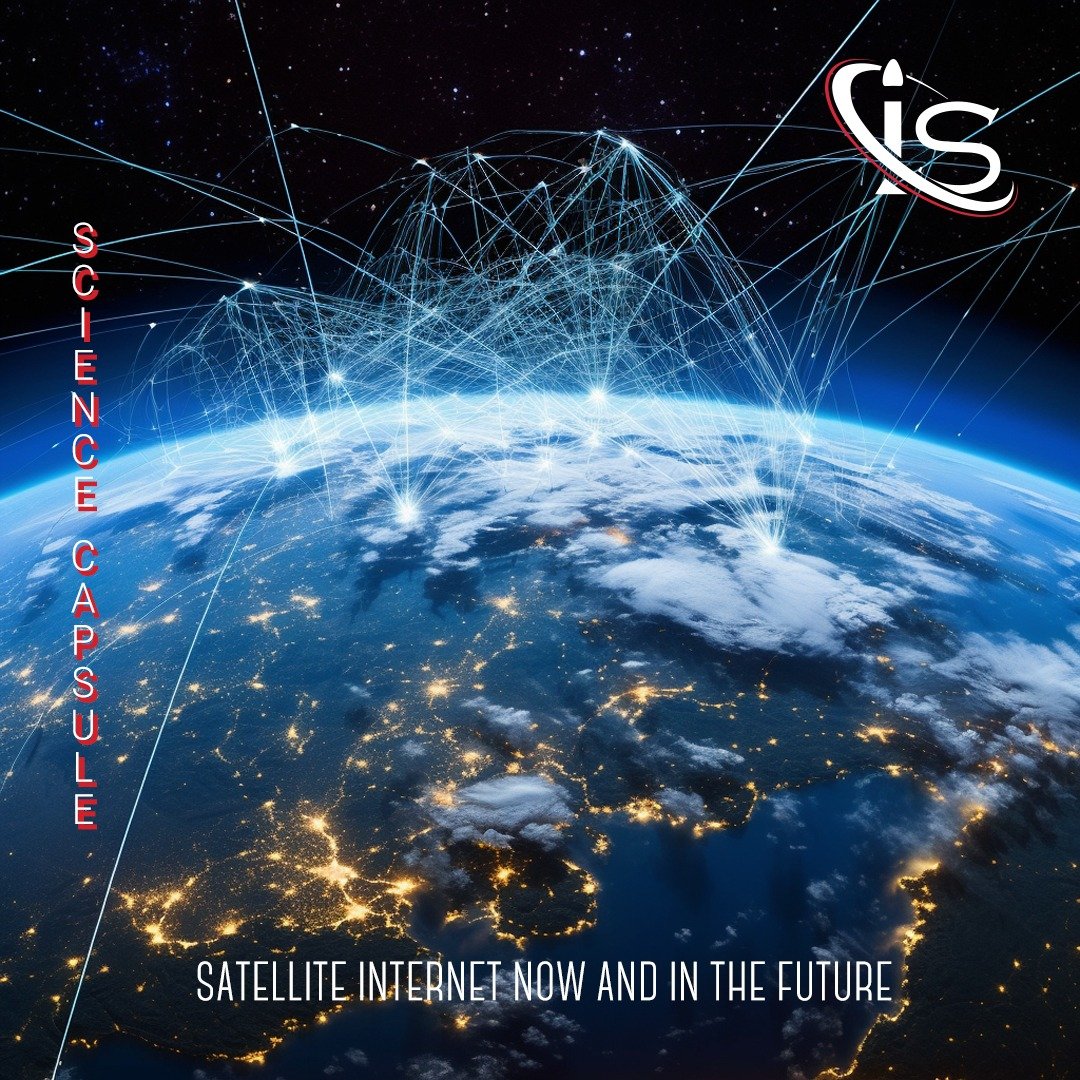Welcome back to another historical milestone. And yes, it is only a mere four days after the last one. Which does also make this another milestone in January 2024. However, due to the timing of this launch, this is actually both a January and February event. And given that we have a big announcement in store for tomorrow, January ended up “winning” out. However getting back to the topic at hand, today, we go even further back in time, to the year 1958. Because that is when the United States launched their first satellite, officially joining the Space Race. So, without further ado, it is time to talk about Explorer 1.

Setting the Stage for Explorer 1
The year was 1957, and the USSR had just launched the first satellite into space, the famous Sputnik. This meant that the United States only had one way to respond: launching a satellite of their own. In fact, the success of the USSR’s first satellite led to the US Army Ballistic Missile Agency being instructed to launch their own. This would become Explorer 1, a satellite launched aboard the agency’s Jupiter C rocket.
The design, construction, and operation of the satellite fell on the Jet Propulsion Laboratory. Amazingly enough, the whole development process for it only took three months. After all, Sputnik had only launched on October 4th of the previous year. But now that Explorer 1 was ready to be deployed, “all” that was left was its launch.
Launch and Mission
After much anticipation, on January 31st, 1958, at 22:47 pm EST (or at 03:47 UTC on February 1st), Jupiter C launched with Explorer 1 on board. The launch took place at the Cape Canaveral Missile Test Center. And even though it was not the modern Cape Canaveral Launch Site, this does show how this location has been in use from the very beginning. It, also, marked the first US mission to be part of the International Geophysical Year (IGY).

But what was Explorer 1’s goal? Outfitted with a cosmic ray detector, its primary objective was detecting radiation in Earth’s orbit. And the results of its experiment turned out to be even more impactful than anyone could have predicted. After returning a lower cosmic ray count than expected, the scientist in charge, Dr. James Van Allen, came up with an explanation for this. He theorized that the equipment had gotten saturated from a strong radiation belt made up of particles trapped by Earth’s magnetic field. And some of you may already see where this is going. Because a mere two months later, a second US satellite confirmed the existence of said belts, leading to them being named the Van Allen belt after their discoverer. So, what is now common knowledge for the space field, was discovered with the aid of the first US satellite.
The End of Explorer 1
Explorer 1 was placed in a looping orbit, with the closest point of approach to Earth being 354 km and that farthest being 2,515 km. It averaged 12.54 orbits a day, and on March 31st, 1970 — after more than 58,000 completed revolutions — it re-entered Earth’s atmosphere and burned up.
Explorer 1, however, was not the only Explorer satellite launched. In fact, 4 more would follow it in 1958. Unfortunately, both Explorers 2 and 5 did not reach their destination, leading to only Explorers 3 and 4 being successful successors. Still, the legacy of Explorer 1, alone, made the Explorer program a definite success.
But with that, I leave you for today. I hope you enjoyed learning more about the first satellite the United States ever launched. Make sure to tune into our social media pages tomorrow for our announcement. And I hope to “see you” all in the next historical milestone, right here, at impulso.space.





